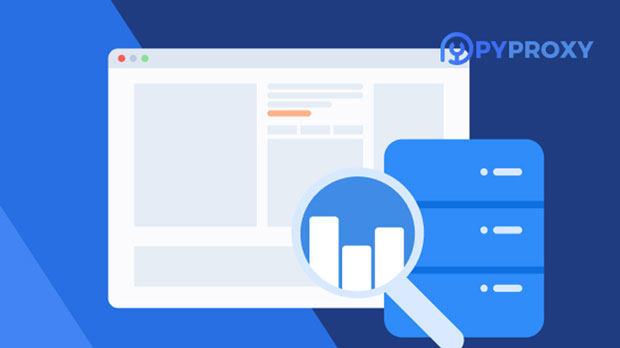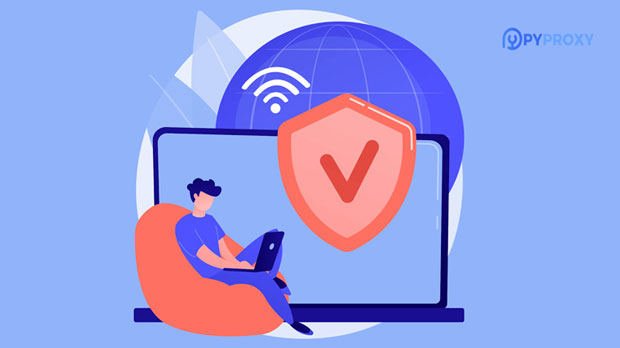What is the difference in rates between using the SOCKS5 proxy on a cell phone and a computer?
When considering the use of socks5 proxies on mobile and desktop devices, one of the key factors that often stands out is the pricing. While the SOCKS5 protocol itself remains constant, the cost structure can differ based on the platform being used. Understanding these pricing variations can help users make informed decisions depending on their usage needs, whether they are accessing proxies through their smartphones or on desktop computers. This article will explore the pricing differences in detail, focusing on factors such as traffic volume, device capabilities, and connection stability, to provide users with a comprehensive understanding of what to expect from each platform. Overview of socks5 proxy ProtocolSOCKS5, a protocol designed for proxy servers, allows users to bypass internet censorship, enhance privacy, and access geo-restricted content. It works by routing internet traffic through a proxy server, masking the user's IP address and location. The SOCKS5 protocol is known for its flexibility, supporting multiple types of internet traffic, such as HTTP, FTP, and even P2P connections. Although SOCKS5 offers a high level of anonymity and security, the way it is implemented and used on mobile devices compared to desktop systems can influence the overall cost.Factors That Influence Pricing DifferencesWhile SOCKS5 proxies themselves don’t change based on the device type, several factors influence the pricing differences between using them on mobile and desktop platforms. These factors include traffic volume, device performance, and network connection stability.1. Traffic Volume and Usage PatternsOn mobile devices, users often have a different usage pattern compared to desktop users. Mobile users typically engage in activities such as browsing, social media, and streaming, with occasional downloads or gaming. While these activities can generate varying amounts of data, they are often less demanding on bandwidth compared to desktop activities, which may involve larger-scale downloads, high-definition streaming, or extensive use of cloud-based applications.Mobile data usage is often more constrained due to limitations in mobile data plans and slower network speeds, which can reduce the overall consumption of proxy services. Because mobile users typically require less bandwidth than desktop users, some service providers may offer lower prices for mobile-specific proxy usage, reflecting these reduced demands.On the other hand, desktop users, especially those using proxies for business purposes or for high-bandwidth activities such as large-scale downloads or hosting, can generate a significantly higher traffic load. As a result, the cost of using SOCKS5 proxies on desktop devices is generally higher. Service providers may price desktop services higher due to the increased demand for data capacity and bandwidth.2. Device Capabilities and Network RequirementsThe processing power and capabilities of a device also play a role in how proxies are implemented and, consequently, in the cost structure. Desktop computers typically have more powerful hardware, allowing them to handle more complex tasks, such as multiple simultaneous connections, advanced encryption, and high-volume data usage, without compromising performance. This often means that SOCKS5 proxy usage on desktops requires more sophisticated infrastructure to maintain stable and high-performance connections, which can lead to higher fees.In contrast, mobile devices, while increasingly powerful, are generally limited by smaller processors and battery life. They may need to offload tasks to external servers or rely on less complex network configurations. Consequently, service providers may charge less for mobile proxy services, as these devices typically don’t require the same level of server-side processing and resource allocation.3. Network Stability and Connection SpeedNetwork stability and connection speed are crucial in determining the cost of using a SOCKS5 proxy. Desktop users often have access to more reliable, higher-speed internet connections (via Ethernet or high-speed Wi-Fi), resulting in fewer connection drops, faster speeds, and a more seamless experience. This stability allows proxy services to function more efficiently and with lower operational costs, which may translate into lower prices for users who rely on desktop platforms.Mobile users, however, are more likely to experience fluctuations in network quality due to factors such as signal strength, network congestion, and reliance on mobile data networks. These inconsistencies can lead to higher latency and lower speeds, requiring proxies to adjust dynamically to maintain the connection. Providers may charge more for mobile SOCKS5 proxies to account for the increased likelihood of connection instability and the need for more frequent adjustments.4. Subscription Models and Pricing TiersService providers often create different pricing models for mobile and desktop users to accommodate the varying usage patterns. For example, a common pricing structure for mobile users may include lower monthly fees or data-limited plans, which restrict the total amount of data a user can send or receive through the proxy server. This is particularly useful for users who do not need to consume a large volume of data and are primarily using the proxy for light browsing or occasional tasks.Desktop users, conversely, are more likely to opt for unlimited or high-capacity plans, as they often require greater data allowances for work, research, or media consumption. As a result, these plans tend to cost more due to the higher data needs, as well as the additional server resources required to maintain the necessary performance levels.Additionally, providers may offer tiered pricing based on speed requirements. Desktop users who require ultra-fast proxies, such as those for gaming or business operations, will typically pay a premium for high-speed access. In contrast, mobile users might have the option to choose more affordable plans with standard speeds, which are sufficient for most casual browsing or content consumption.5. Geolocation and Platform DifferencesAnother factor that may influence the cost is geolocation. The demand for SOCKS5 proxies in specific regions can drive up prices based on local internet traffic patterns, restrictions, and demand for privacy solutions. Some countries or regions may have higher proxy usage due to government censorship or the need to access content that is geo-blocked. Mobile users in such regions might face higher prices for proxy services, reflecting the increased demand.Desktop users in these areas might also pay higher fees due to similar reasons but may also benefit from having access to additional services or enterprise-level proxies with more extensive geolocation options. Businesses using SOCKS5 proxies on desktops often require more advanced features, such as IP rotation or enhanced security protocols, which can further elevate costs.ConclusionThe pricing of SOCKS5 proxy services can vary significantly depending on whether they are being used on mobile or desktop devices. Mobile devices generally incur lower fees due to less data consumption, simpler network configurations, and less powerful hardware. However, mobile users may face higher costs if their connection experiences frequent instability. Desktop users, on the other hand, typically require more robust infrastructure to handle high-bandwidth activities and maintain connection stability, which results in higher fees. Understanding these differences allows users to make an informed decision based on their needs, whether they are looking for a cost-effective solution for light mobile use or a more powerful, higher-priced option for desktop operations.
2025-01-10

























































